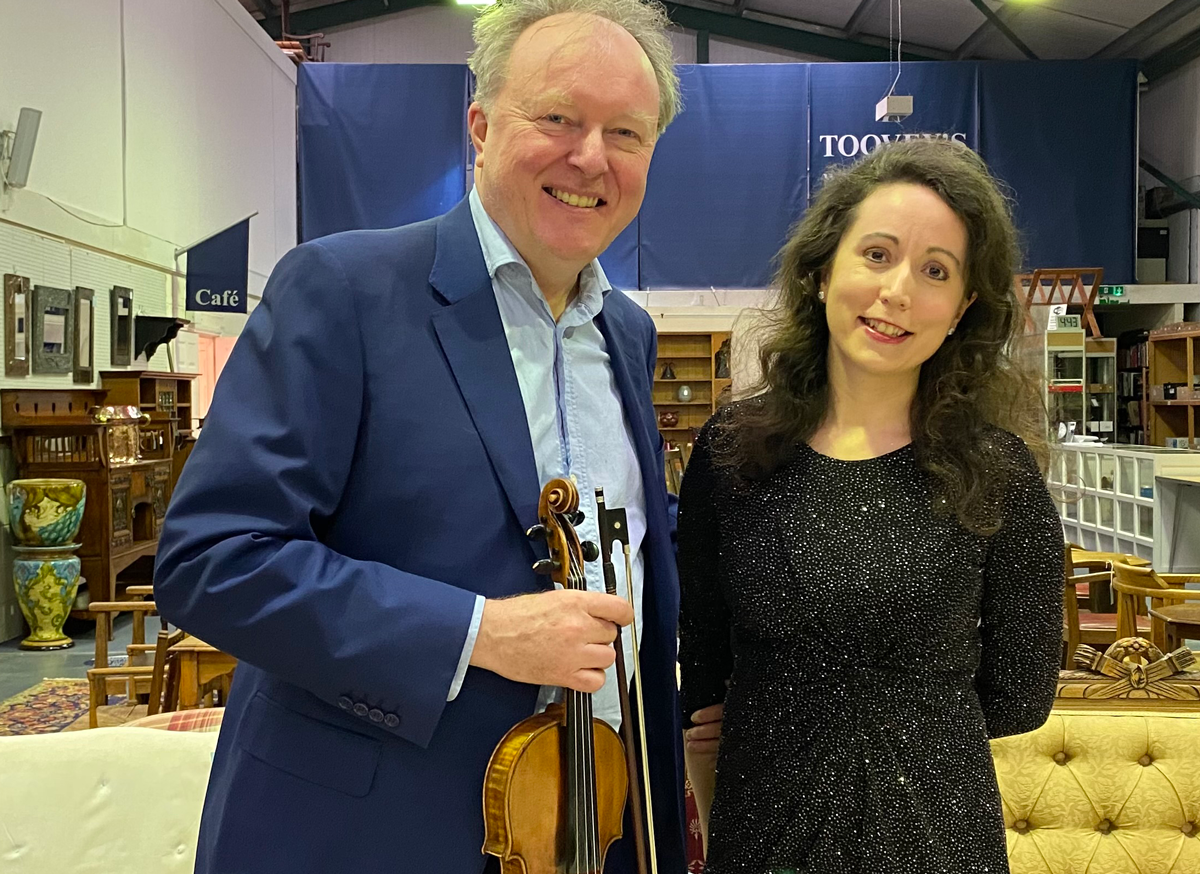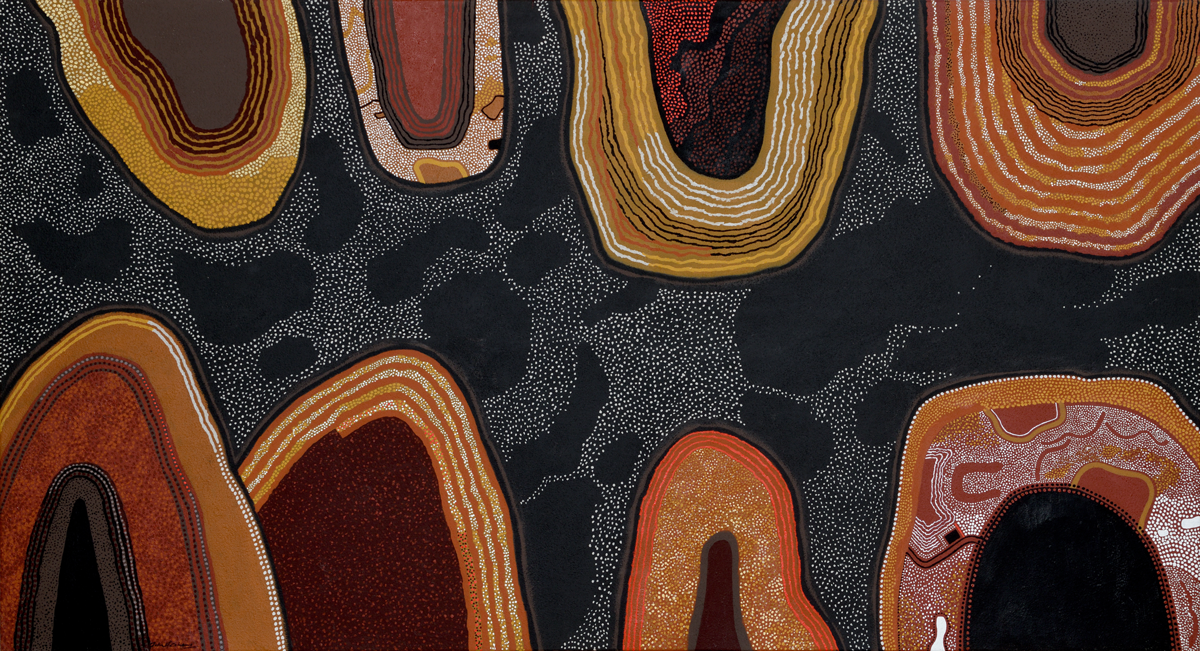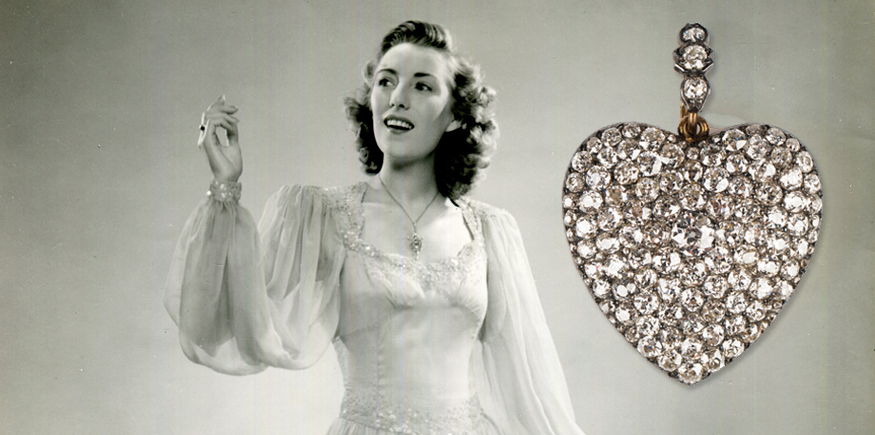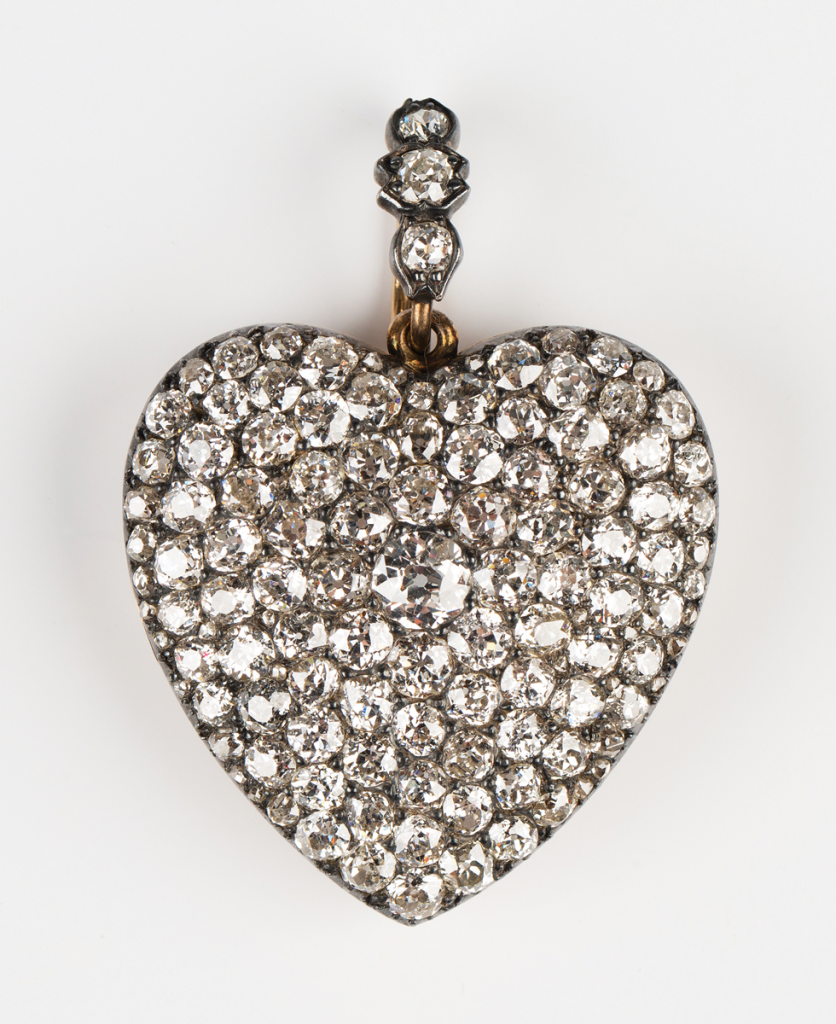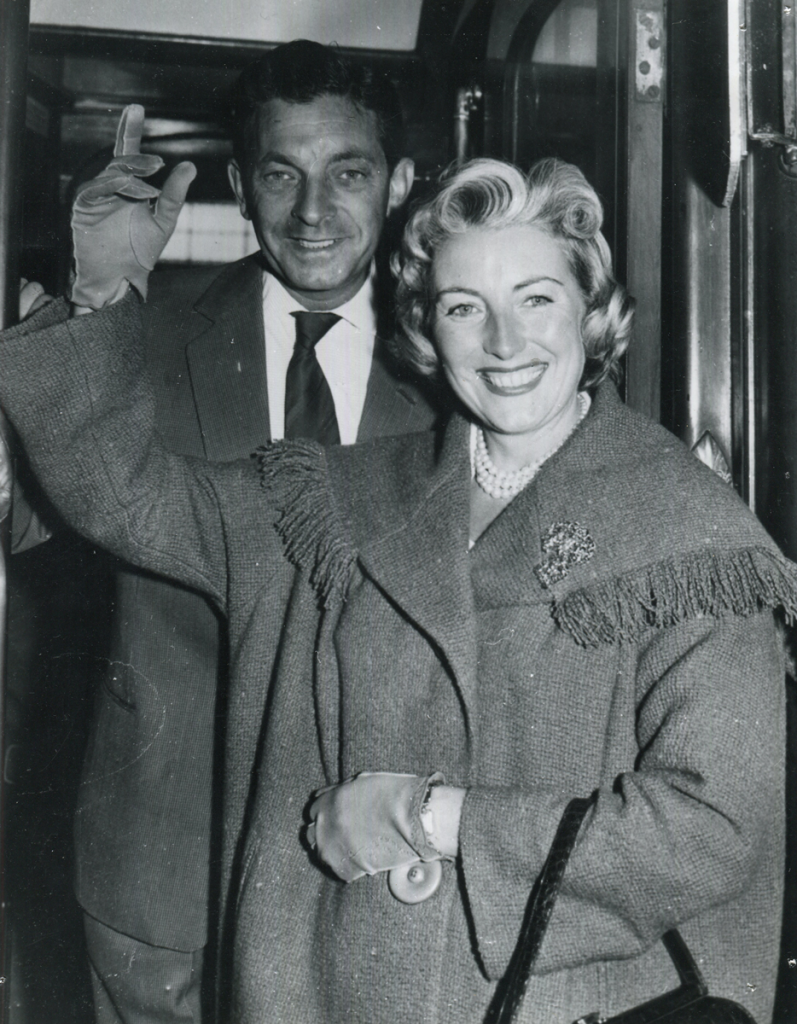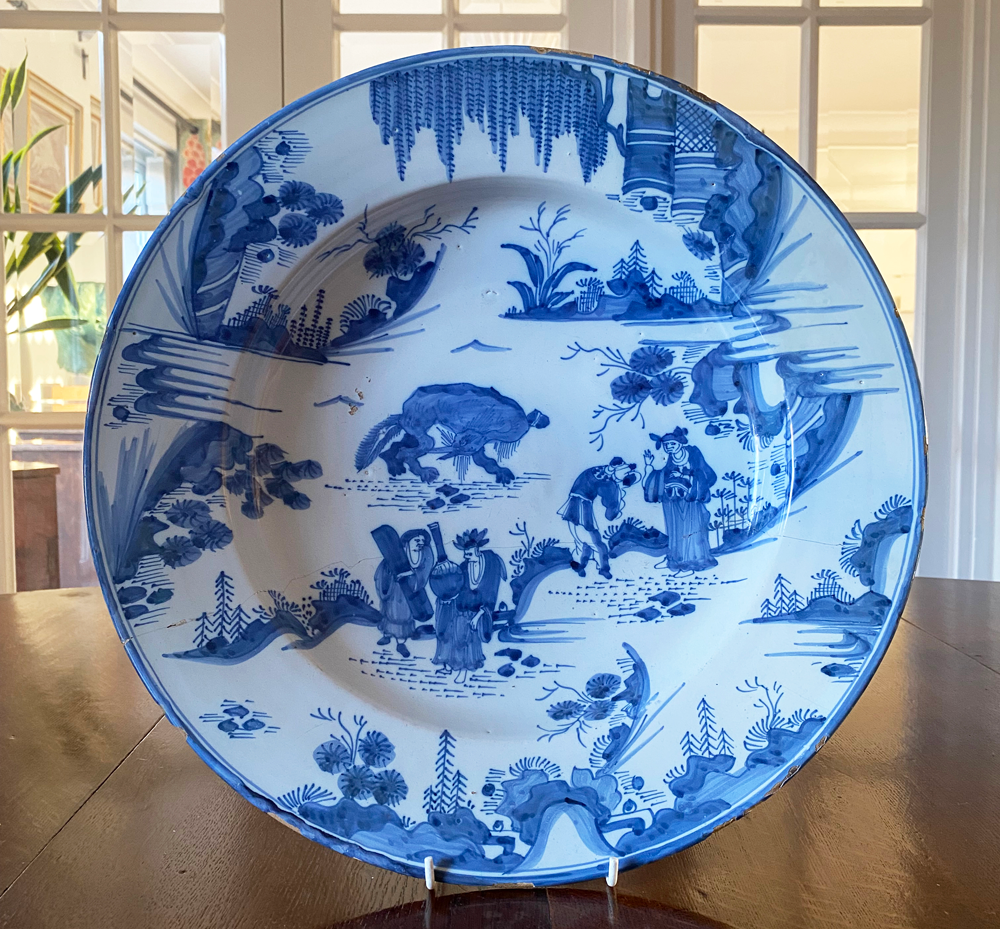
This week I am returning to Pallant House Gallery in Chichester to see Old Masters, Modern Masters, Drawings from the Hussey Bequest.
This small, jewel like exhibition showcases some of the most beautiful and significant objects in the gallery’s collection. The selection of old master drawings, ballet prints and British landscape watercolours are taken from The Very Reverend Dean Walter Hussey’s collection.
In the exhibition’s accompanying essay Simon Martin, Director of Pallant House Gallery, explains that by their very nature drawings are vulnerable to light and can only be exhibited very occasionally. He describes them as ‘hidden secrets’. So it is a great treat to see so many on display at one time.
Walter Hussey’s collection of artworks became the founding collection of Pallant House Gallery some 40 years ago.
Hussey held the conviction that so long as the quality was right there was no barrier to placing art of different periods side-by-side, a principle he applied to his commissions of Modern British Art at Chichester Cathedral during his time there as Dean.
Hussey often selected works on the advice of the modern British artist who he worked with. The beautiful sanguine chalk drawing of a group of figures by the French rococo artist Jean Antoine Watteau from 1708 is a good example of this. He purchased the drawing on the advice of the sculptor Henry Moore. The accomplished depiction of the drapery of the ladies’ dresses gives them form. Henry Moore often incorporated figure groups into his own work.
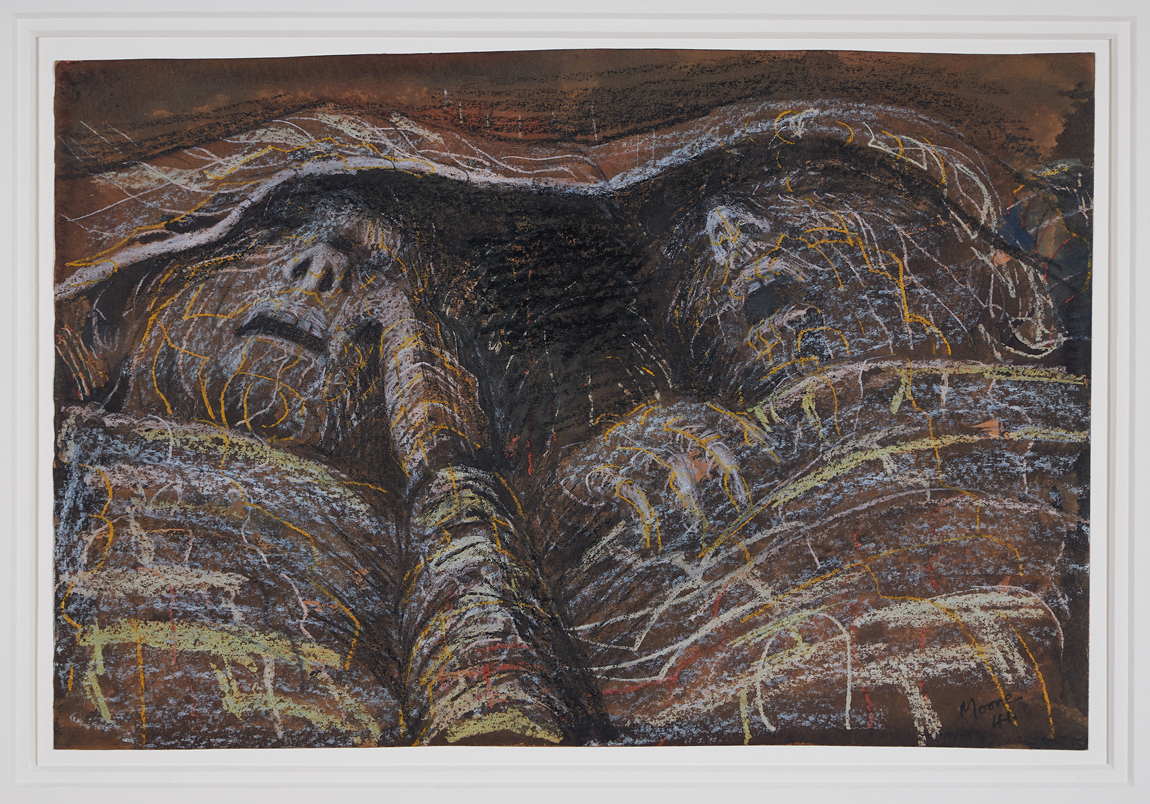
This is apparent in the study Two Apprehensive Shelterers from 1942. Henry Moore’s depiction of these two vulnerable figures has a poignancy which speaks into our own times with the experience of the people of Ukraine. It is one of a body of work known as his Shelter Drawings which Moore produced as a war artist during the Blitz. Returning to his studio, the Shelter Drawings were often made from his memory of the experience of people sheltering underground as the bombs fell on London and elsewhere. The figures are depicted with dignity recording feelings of confinement and claustrophobia. Whilst the figures are anonymous the relationships between them is clear.
Other drawings on show include Hussey’s passion for Old Masters and the British landscape with watercolours by Giulio Romano, Thomas Gainsborough, John Robert Cozens, Paul Nash, Graham Sutherland and others.
Old Masters, Modern Masters, Drawings from the Hussey Bequest, provides an insight into the tastes, influences and thinking of one of the 20th century’s most important patrons of art. It runs until 10th April 2022.
